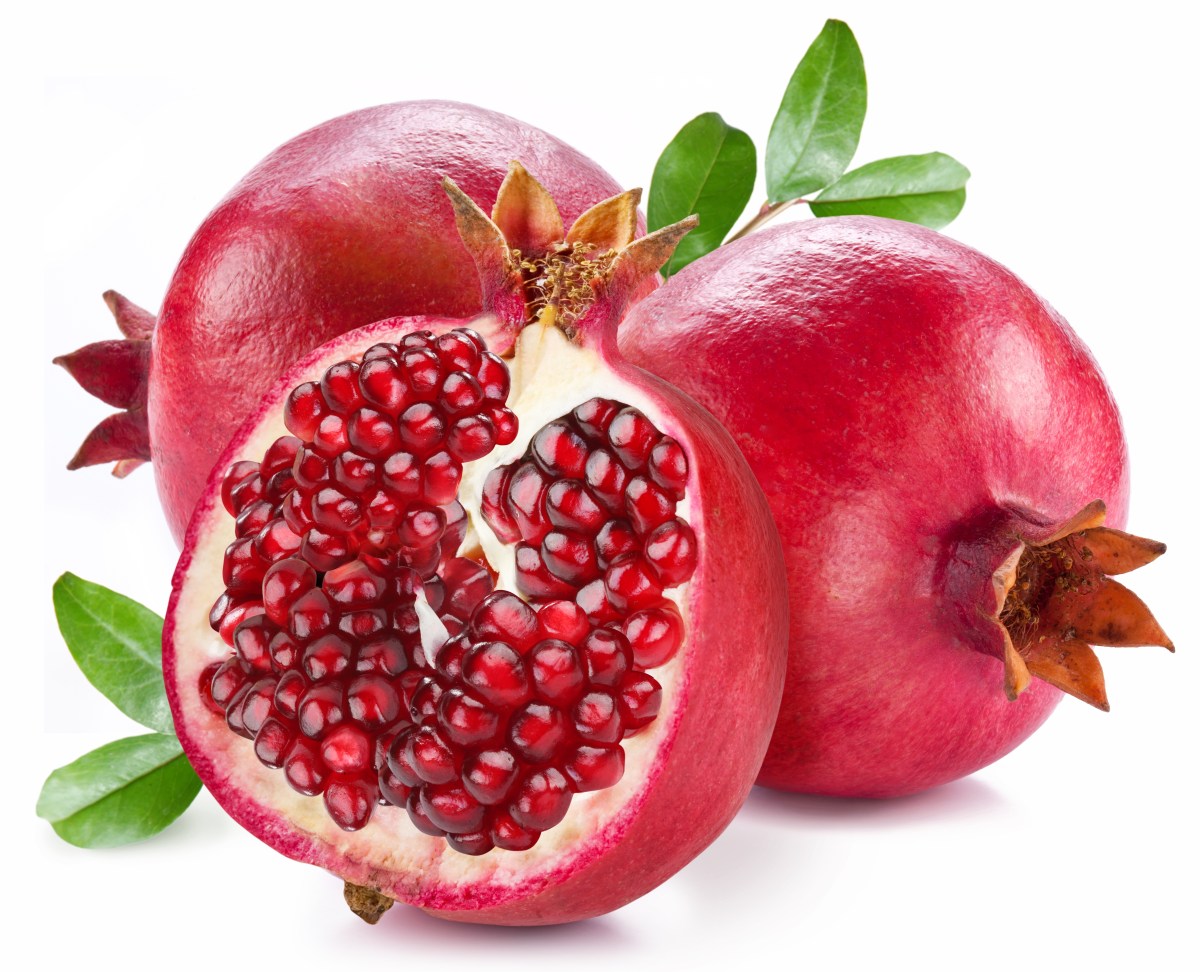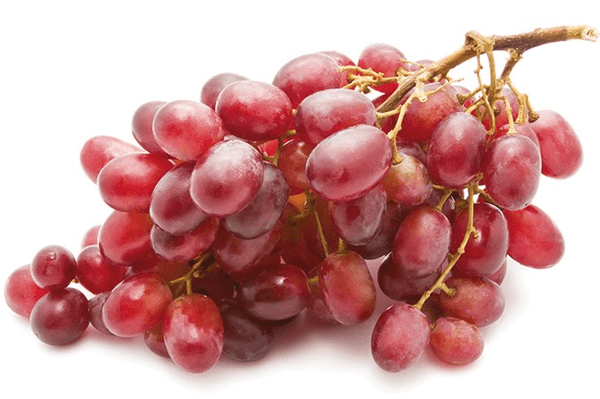Egyptian pomegranates joined the growing list of fresh fruits permitted to be imported into China from August 2022.
The announcement from the General Administration of Customs of China laid out the relevant phytosanitary and quality requirements that growers, packers, and exporters in Egypt must follow for their pomegranates to qualify for import into China.
Among these is a cold treatment requirement. Fruit must be stored with a core temperature of 1.67 degrees Celsius or below for more than 16 days or 2.22 degrees Celsius or below for more than 18 days.
The announcement also lists eight pests of concern, including the Mediterranean fruit fly, the common guava blue (Deudorix isocrates) and the locust bean moth (Ectomyelois ceratoniae). Aside from cold treatment, producers must also follow a series of sorting and cleaning steps that are relatively boilerplate for exported fruit. Orchards, packing facilities, and cold storage and cold treatment facilities must furthermore be registered with the Central Administration of Plant Quarantine under Egypt’s Ministry of Agriculture and Land Reclamation, as well as being approved by the GACC. The Central Administration of Plant Quarantine is required to conduct sampling inspections of pomegranates bound for China to check for the presence of pests of concern.
Egyptian pomegranate exports reached 247,000 metric tons last season and are expected to remain at a similar level this season. The harvest takes place during August to October and consists mainly of three varieties: the early-ripening Baladi and Early 116 varieties and the middle- to late-season Wonderful variety. Demand for Egyptian pomegranates in overseas markets has reportedly increased in recent years as COVID-19 spurred many consumers around the world to try to live healthier lifestyles and eat a more nutritious diet.
Since July, China has also opened its market up to Zimbabwean citrus, Ecuadorian dragon fruit and Vietnamese durians. Market access is also anticipated to be granted soon for Cambodian longans.
This article was translated from Chinese. Read the original article.
Source Produce Report


















